45 years of love, pain and art . . . Jesesi retells marriage, life, work with Mungoshi
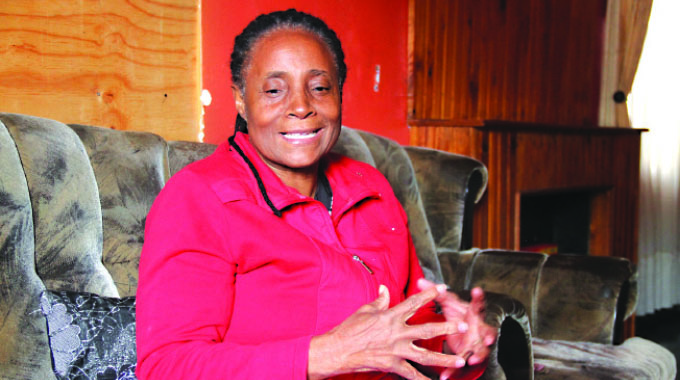
Godwin Muzari
Lifestyle Editor
In the early 1960s, a girl named Jesesi Jaboon was well-known in places around Nyika area in Bikita for her dancing skills.
It was fame that many of her peers happily avoided because of negative moral tags attached to any girl who dared dance to music on a shop verandah at a village shopping centre.
Jesesi was a different girl. She was a confident and independent character. The artist in her was already pushing her beyond limits, giving her confidence that surprised her friends and family members.
When she retells the story today, Jesesi laughs at herself and wonders what could have been going on in that young head as she twerked and gyrated with reckless abandon.
But she is not ashamed to tell the story. For her, those dances were manifestation of a character that would develop into a career later in life. Although the young Jesesi never knew what lay ahead when she danced to music for fun, the picture is now clear — she was born an artist.
Now known as Jesesi Mungoshi, the popular actress has interesting stories to tell about her life and career. The juncture that ultimately directed her career path was meeting author Charles Mungoshi, who was to become her life partner till death set them apart.
When she met Charles, Jesesi had forgot about those wild dances at the shops. She was a mature adult mapping a career in accounting and doing temporary teaching. Becoming an artist was not even part of her dreams.

Jesesi had not realised she was trapped in the world of art from the beginning. Besides her dancing escapades at Nyika Growth Point and surrounding shopping centres, she lived with brothers who were passionate musicians. They were pennywhistle players and she had also learnt to play the instrument as a girl. Jesesi was born in a family of five boys and three girls and all the boys loved their pennywhistles.
To her, it was just part of growing up, but her fate had already been sealed. No matter how she tried to resist, art would catch up with her.
Falling in love with Charles was a turning point. It was the beginning of a journey of assisting each other professionally and emotionally as husband and wife. A journey that was to cast Jesesi into international limelight and make the Mungoshi’s one of the famous arts couples in the country.
The journey had its twists and turns; pain and pleasure; love and challenges. In an interview at her house in Zengeza 1, Chitungwiza on Thursday, Jesesi retold the story of her life with Charles.
She is now 66. She married Charles in 1975 and he died in February last year.
“I met Charles in Highfiled in 1973. I had come to see my sister during one of my few visits to Harare. Charles was friends with my sister’s husband’s younger brother, so I was introduced to him as ‘babamunini’,” Jesesi recalled.
“Charles and my babamunini were doing dramas at Cyril Jennings Hall and they would come home together after their sessions. We got closer and that is how it all started.”
Jesesi said she was told about the book “Makunun’unu Mawodzamwoyo” that Charles had published in 1970 and she was proud to be dating an author who exuded creativity and intelligence. Their love affair started in 1974.
“I read the book and I was fascinated by its depth. I read it again several times after our marriage because I had visited some of the places where the story in the book takes place. The story is set in his home area in Manyene, Chivhu and I got a better understanding of the book after visiting the place.”
Jesesi said she was doing temporary teaching at Nechavava Primary School in Buhera when she met Charles and was working towards her studies in accounting.
“I spent all the years of my childhood in Bikita where I attended Gumunyu Primary school and then went to Zimuto Secondary school. After school I came to Harare hoping to find something to do. I was staying with my sister and her husband. One weekend we visited their rural area in Buhera and I was lucky to hear that a nearby school was taking temporary teachers. I ended up teaching at Nechavava Primary school. It was during visits to Harare from Buhera that I met Charles.”
As their bond grew into love and marriage plans began taking shape, Jesesi had started her accounting studies and her brothers advised her to concentrate on her academic journey before thinking of marriage.
Charles had started raising money for lobola and had found a job at Textbook Sales. As Jesesi was to reveal later in the interview, Charles felt more independent doing his art and did not like getting employed. He only got jobs when he wanted to raise money for specific reasons.
So, the job at Textbook Sales was solely meant to raise money for lobola. Otherwise he would have been comfortable doing dramas at CJ Hall and writing his books.
“When I told Charles that my brothers were against marriage and had advised me to pursue my accounting studies, my boyfriend surprised me when he said he was quitting the job. He said there was no reason to go to work when I was not ready for marriage. He had only got employed to raise money for the bride prize.
“I did not understand him. I thought he was joking, but he did it. He quit the job and went back to his writing and dramas. That was the time when he wrote ‘Ndiko Kupindana Kwemazuva’.”
When Jesesi felt she could not let him wait any longer, she told her brothers she was going to get married. She told Charles she was ready for marriage. Charles immediately went job hunting again. He got employed at Literature Bureau. That was 1975.
“He loved his art more than anything else, I then learnt. I was beginning to understand him. After raising enough money, he went to pay lobola on 31 August 1975.”
To celebrate their union, they had two weddings; one in Bikita on July 12 1976 and another the following day in Manyene. Jesesi recalls how they danced to Zexie Manatsa’s “Chipo Chiroorwa” during the wedding and lit up Nyika Growth point with a colourful wedding.
They did the same at Farm 44 (Mungoshi Farm) in the Maronda Mashanu area of Manyene.
The union was sealed, Jesei had already learnt a lot about her partner she was beginning to understand a writer’s life, but more was yet to come.
“It is difficult to be a writer’s wife. Especially some writers who were my husband’s generation. Most of them are wayward. Most wives of writers I associated with left their husband because they did not understand them.
“My husband was a heavy drinker and we often clashed over that character. He enjoyed spending time with people of low standing in society, these boys that just roam around. We often argued when I interrogated him about it. I felt they did not add any value to his life. I wondered why he did not hang around with successful people when he had access to them
“Still, I sought to understand him every time I sensed he had done something difficult to understand. I learnt to appreciate his way of life.
“Sometimes he would go away to write his book leaving me alone at home. When he wrote ‘Kunyarara Hakusi Kutaura’ he spent a month in Nyanga and I was lonely at home.”

Jesesi said when she got married, she had been told to be a submissive wife who would ask for directions on most things from the husband. But she was surprised when Charles told her that she was also independent to make her choices about career and at home.
Her career in acting began when she had a role in the play “Inongova Njakenjake” that was written by her husband.
“One day when we were at home, a team from ZBC came telling him they wanted to make his book a drama for television. They wanted someone to play the character of a mother and Charles had someone in mind, but he heard she had travelled to the UK.
“I saw he was getting worried and I thought I should assist him. I said ‘why don’t you try me for that role?’ and he laughed out loud. I then said to him ‘muchashora mbodza neinozvimbira’ (telling him not to judge a book by its cover). He laughed again but consented to the idea.”
That was 1985 and the beginning of Jesesi’s acting career. She impressed everyone including Charles with her role in “Inongova Njakenjake”. She began getting roles in many other plays at ZBC. She also featured in the “Makunun’unu Mawodzamoyo” play and did “Ndabve Zera” by Aaron Chiundura Moyo as well as “Ngozi” and “Roja” among others.
Her greatest breakthrough came when she had a lead role in “Neria”. The film won international acclaim and Jesesi became the face of the production. Until now, many still call her Neria.
The role saw her getting projects in countries like United Kingdom and Mozamboque. The Mungoshis became a revered arts couple. Both successful in their separate trades in the industry. It was a union made for the arts. Jesesi recently wrote another success story when “Cook Off”, a film she stars in, got a slot on Netflix.
She says she owes all such success to Charles who gave her a chance to feature in his plays. Jesesi says her most difficult time came when Charles fell ill.
“This was the most difficult time of my life with Charles. I had learnt that all he needed was love and support. It kept him going despite of his challenges and weaknesses. I stood by him as his health deteriorated. I think I shared the pain. I lost as I saw him struggling with his health. As a family we tried our best and fellow artistes also stood with us. God took him on February 16 2019. Life will never be the same without him. I am managing with assistance from my children, but I will miss the life we had together.”
Jesesi last week got assistance from the Government as part of the Covid-19 relief programme for artists in the country. She said she is happy with the gesture and called on the Government to continue assisting artistes.
As a way of celebrating the support, she tried to dance a bit, but laughed when she realised she can no longer go far with her paces. She is many decades away from the young Jesesi Jaboon who rocked Nyika with her dances.




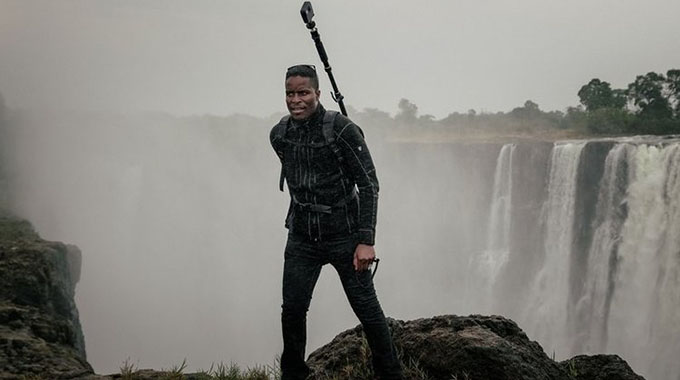
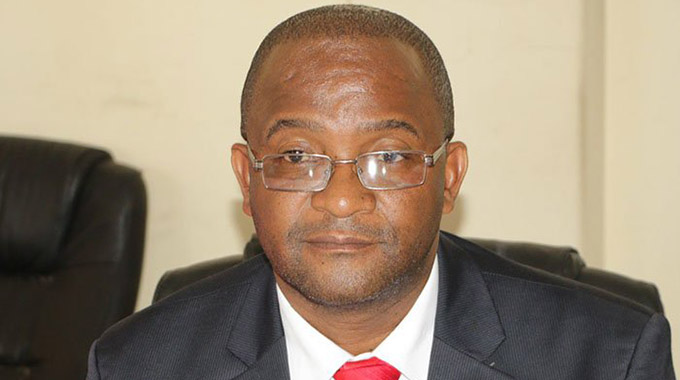
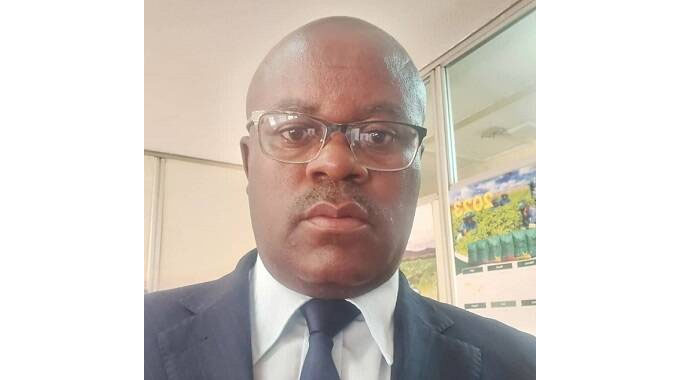
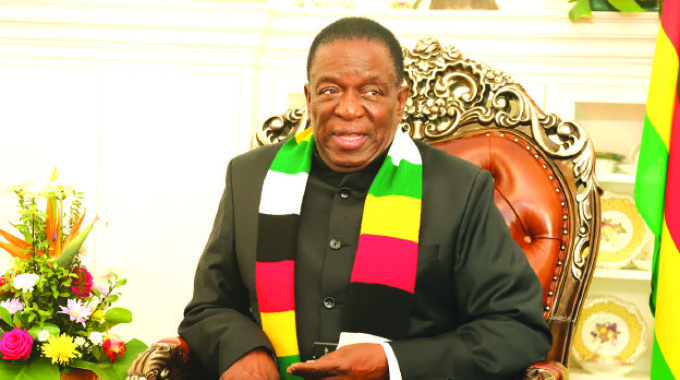


Comments